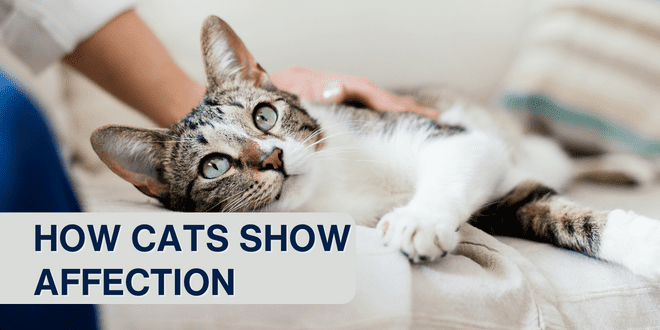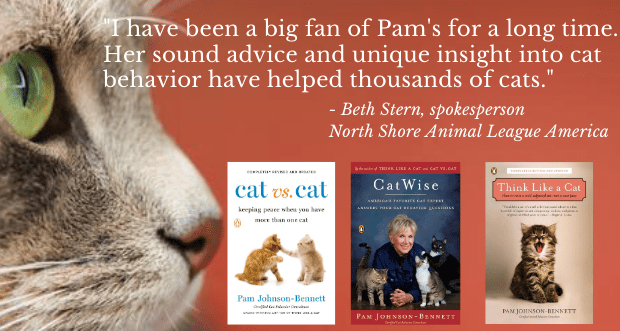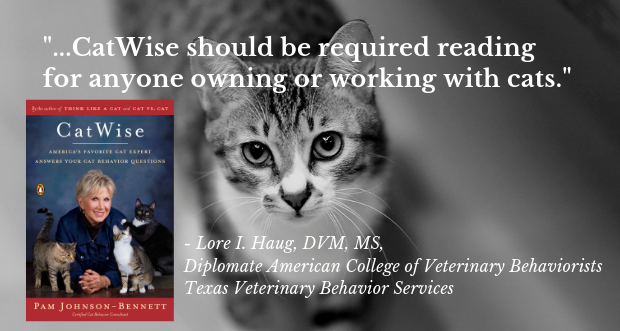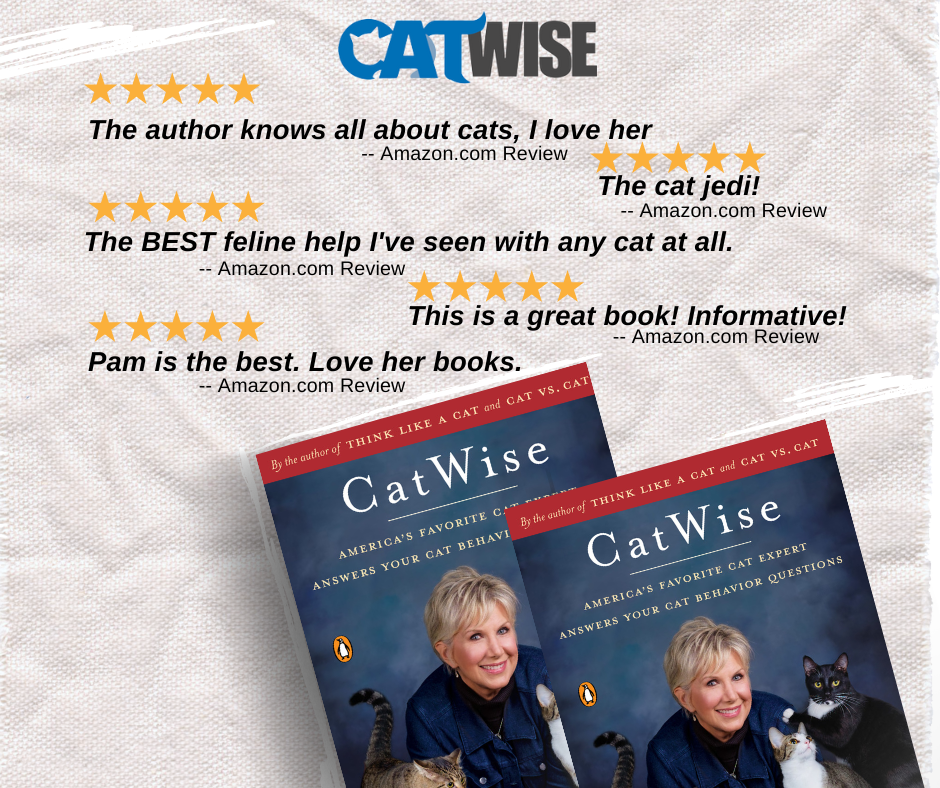
Listen to the audio version of this article
If you talk to people who don’t like cats or who aren’t familiar with them, they’ll probably be quick to tell you cats don’t show affection. They may praise the way dogs show affection but refer to cats as snobby or aloof. I think a big part of the problem is people are trying to compare dog behavior to cat behavior. It may seem ridiculously obvious to you, but there are so many people out there who still need to be told that cats aren’t dogs. One species isn’t better than the other – they’re just different. So it makes sense they would show affection differently as well.
Every cat is an individual so there are many ways your particular cat may display affection, but here are just some of the common ways they show their love.
Bunting Behavior in Cats
This is the name for the behavior displayed when a cat seems to literally butt his head against you. He may come up onto your lap and bunt his head against your chin, nose or forehead. Cats have scent glands on their face and it’s a very common social behavior for one cat to bunt the head of another familiar feline buddy. This isn’t just a scent exchange behavior but also an affectionate display.
Cheek Rubbing
Cats also have scent glands along their cheeks and they may rub against people, another cat friend or even an object. The pheromones (scent chemicals) located along the cheek and on the cat’s head are associated with friendliness, affection and familiarity. Cats facially rub on people or objects when they feel comfortable or familiar.
Kneading Behavior
Also known as the milk tread, this behavior consists of the cat flexing and relaxing his front paws against a soft object. It originated when the cat was a kitten and used the milk treading behavior to stimulate the release of milk from the mother’s teat during nursing. Many adult cats maintain that kneading behavior when they’re on a soft surface or feeling very content.
Purring
Purring is complex because it is something cats do when they’re happy, content, and relaxed but they also do it when they’re scared, sick, or injured. It has been theorized that purring is something cats do when they are very content or as a self-soothing mechanism in a tense environment, as well as an attempt to soothe potential attackers. Purring is also believed to have healing qualities as the frequency of the purr may help the acceleration of bone mending.
If your cat is curled up in your lap and you’re stroking him as he purrs, there’s an excellent chance he’s content and is letting you know by the sound of that beautiful, velvety motor.
Allogrooming
Cats who have a good relationship may engage in mutual grooming. It’s a way they show affection to each other and it also helps create a communal scent. In an outdoor environment, this is important since scent plays such a huge role in recognition. Grooming is also a stress-reliever and displacement behavior so allogrooming may help cats keep each other calm.
When your cat starts grooming you, it’s often his way of showing affection and mixing his scent with yours.
Slow Eye Blinks from Cats
This common affectionate display is one way a cat may convey that he is relaxed and comfortable with you. Many cat parents also return the favor by doing a slow eye blink back at the cat.
Cats Displaying Vulnerable Postures
When a cat takes a stretched out position for resting, it shows he feels comfortable with you. When a cat is uncertain, he tends to tuck his limbs under his body and tightly wraps his tail around himself when resting. For a cat to leave his limbs and tail totally exposed means he feels very secure near you.
If the cat is not in a confrontation, he may also stretch out so much that he’s on his back with his tummy exposed. This is the ultimate in trust and relaxation because he is exposing a very vulnerable body part. Don’t confuse this posture with a cat who is exposing his tummy during a battle. In that particular situation, it’s a defensive position displayed to warn an opponent that should the battle continue, all weapons (teeth and claws) will be used. So when interpreting body postures, you always have to take the immediate environment into account.
Upright Tail Flicks
A cat’s tail can tell so much about what the cat is feeling. A tail held high with a little hook at the end usually means your cat is happy and confident. Many cats will also give the tail tip a little flick as a greeting when they see you.
Being in Physical Contact With You
Your cat may sit on your lap, sit next to you, lay on top of you when you’re in bed, or he may just lean his back against your arm as you work on the computer. Just the fact that he wants to be in close physical contact with you is quite the compliment.
Feline Vocalization
Cats can carry on all kinds of conversations and there’s no such thing as a simple meow, but many cats issue a special “mew” or a little chirp when their cat parents enter the room.
Need More Information?
For more information on cat behavior and training, refer to the best-selling books by Pam Johnson-Bennett. Pam’s books are available at everywhere and online. We’ve also included Amazon links here on our website.
If you have a question about your cat’s behavior or health, contact your veterinarian. This article is not intended as a medical diagnosis nor is it a replacement for your cat’s regular veterinary care. This article is for general information purposes only.





